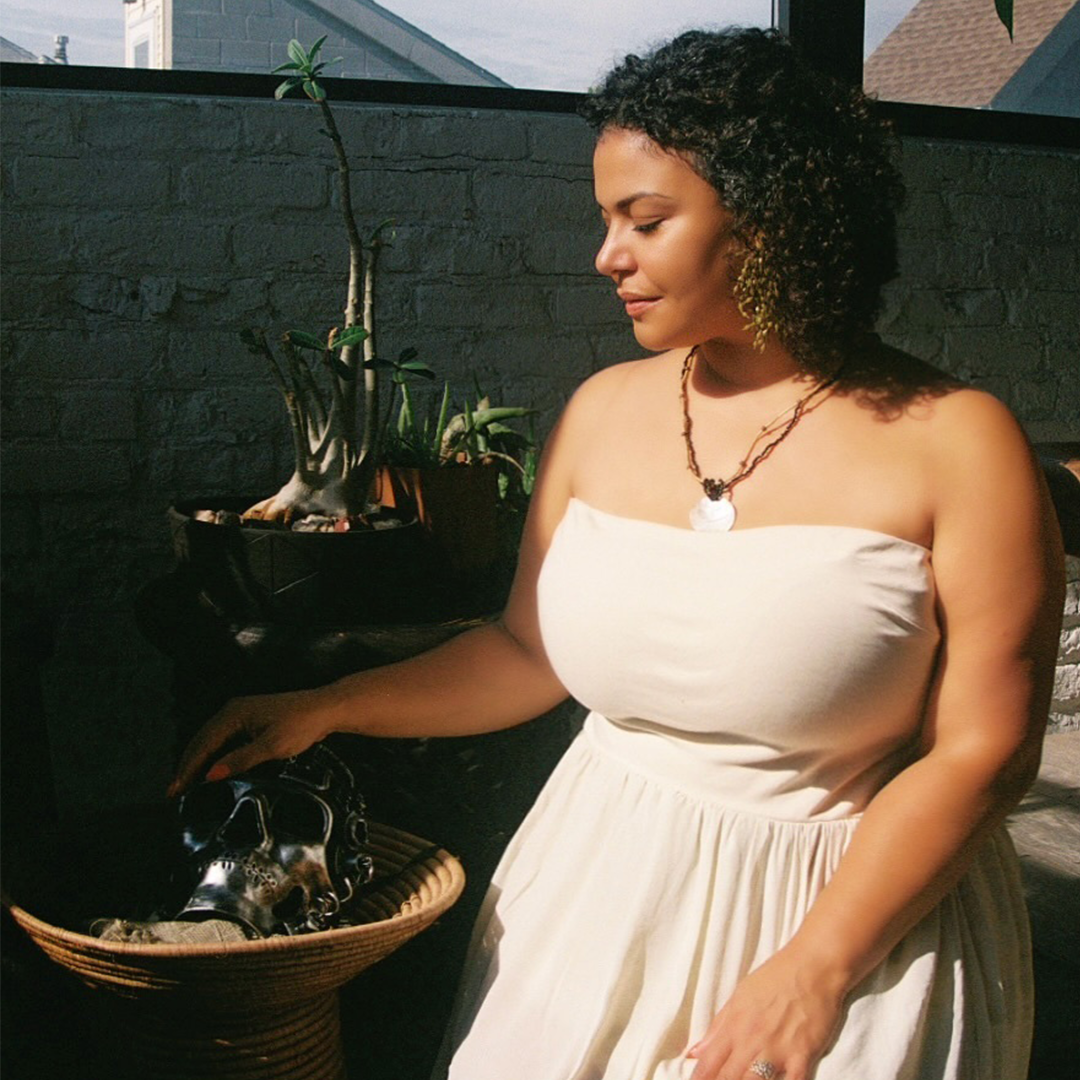If you’ve completely buried your head in the sand to avoid doomscrolling through the onslaught of gloom in the news, we get it (it’s exhausting all of us). But, you might’ve *somehow* missed that two-time Olympic gold medalist and WNBA star, Brittney Griner, has been detained in Russia since mid-February when she was arrested at the airport for allegedly carrying vape cartridges containing hash oil in her luggage.
In August, following a much publicized trial caught in the midst of a geopolitical maelstrom, Brittney’s saga took a turn for the worse as the Russian court handed down a nine-year prison sentence with one million rouble fine (about $16,990) for possession and smuggling.
With talks between President Biden and Russian diplomats moving at a snail's pace, not to mention nearly non-existent for the first four months of Griner’s detention, her future and freedom are anything but certain.
So how did we get here? Spoiler alert: The answer isn’t weed.
While on the surface it may seem like political pawning and yet another case of cannabis injustice, at the root of it all is an all too common gender issue: pay parity.
As one of the best players in women’s basketball, Brittney Griner could’ve played for any team in the country—and she did. But she also supplemented her income by playing for a Russian team in the offseason.
"The reality is, she's over there because of a gender issue—pay inequity," said Nneka Ogwumike, the head of the WNBA players union in an interview with ABC's "Good Morning America".
Bear with us, it’s about to get mathematical.
According to The Hoops Geek, the average NBA base salary in the 2022-23 season is around $8.5 million ($10.4 million if you’re a point guard). Even NBA bench players will make $4.2 million on average. The WNBA, on the other hand, averages out to about $120,600.
This blatant disparity is nowhere more apparent than in the annual draft, where pro teams recruit top players out of college.
The number one pick in the 2022 WNBA Draft, which went to the Atlanta Dream, was the University of Kentucky’s star shooting guard Rhyne Howard who will be paid according to the league's rookie pay scale mandating the first four draft picks receive three-year contracts worth $226,668 (or $75,556 per year).
Compare that to Paolo Banchero, the NBA’s first pick in 2022 who signed a four-year / $50,158,769 contract with the Orlando Magic. That’s $12,539,692 each year.
Brittney, for context, signed a three-year / $664,544 contract with the Phoenix Mercury, or an annual average salary of roughly $221,515. So why play for Russia? Reportedly, Brittney earned one million a year playing for UMMC Ekaterinburg in the Russian Premier League. In her shoes, we would play for Russia too.
Proponents for the pay disparity argue men’s teams draw in more money from sponsors, lucrative media deals, and fill seats with a higher ticket price. Duh. With systematic support for male sports in terms of media coverage, opportunity to participate, and societal celebration, it’s no surprise there’s an extreme variance in pay for equal play. And pay is only one part of the parity equation.
Women sports teams often must practice in inferior courts, fields, and stadiums, or travel in a squeezed economy seat (Griner is 6′ 9″) with inadequate access to the same level of training equipment and other necessary facilities. And this is where women’s sport has started seeing some improvement.
In many ways soccer, or football, has led the charge in fair pay and play in professional sport with the US women’s soccer team successfully challenging US Soccer in an equal pay lawsuit focused on the discriminatory conditions and unfair compensation the (more successful) US women’s soccer team were dealt compared to their male counterparts.
While in other parts of the world, recent major women’s sporting events, like the 2022 Women’s Africa Cup of Nations and Women’s Euros, garnered unprecedented levels of media coverage and support for women’s athletics (fingers crossed the enthusiasm lasts past this bout of national pride).
These are a few small, yet hopeful steps for womenkind and athletes in a world where, according to researchers, the proportion of media coverage allotted to women’s sport in print and broadcast averages ~4% of total coverage, and pay for female athletes, like Griner, lags far behind their male cohorts’ pay.
There’s still much work to be done, in sport, cannabis justice reform, and for women’s pay everywhere—especially for athletes, like Griner, who belong to the disproportionally impacted queer and BIPOC communities.
As we all watch the painful chapters of Brittney’s story play out, with all of its political puppetry, we remain hopeful for her release thanks to the countless advocates demanding action be taken and for her case to inspire real justice reform for the tens of thousands of Americans who face the same legal injustices right here in the US.
But, is there anything we can do beyond hope and petition? Absolutely.
It may seem miniscule, but each of us can do our part for parity by attending women’s games, tuning into matches, and buying merch for our favorite female athletes. In time, they won’t be able to ignore us, our media and purchasing power, and the worth of the athletes we celebrate.






